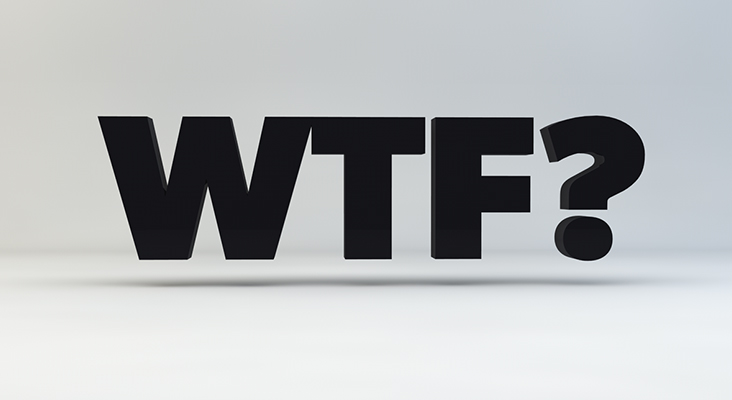Save 50% on a 3-month Digiday+ membership. Ends Dec 5.

This article is a WTF explainer, in which we break down media and marketing’s most confusing terms. More from the series →
Download Digiday’s complete WTF Programmatic guide, including 11 explainers detailing the ins and outs of programmatic advertising.
Advertisers, agencies, publishers and ad middlemen are buying more of their media through ad exchanges than ever before, but there’s often confusion around what they actually are. Here’s a primer — in as plain English as possible — on ad exchanges, how they work, and what they’re used for:
What is an ad exchange?
An ad exchange is a digital marketplace that enables advertisers and publishers to buy and sell advertising space, often through real-time auctions. They’re most often used to sell display, video and mobile ad inventory.
Who buys from ad exchanges?
Virtually anyone can buy from an ad exchange provided the ad exchange allows it. Advertisers and agencies typically use demand-side platforms or their own bidding technologies to do so, but ad networks and other entities also buy ads from exchanges.
Great. But how do they do that?
Basically, an ad exchange is just a big pool of ad impressions. Publishers tip their ad impressions into the pool hoping someone will buy them. Buyers then pick which impressions they wish to purchase using technologies like demand-side platforms. Those decisions are often made in real time based on information such as the previous behavior of the user an ad is being served to, time of day, device type, ad position and more.
So why do ad exchanges matter?
Exchanges enable advertisers to easily buy ads across a range of sites at once, as opposed to negotiating buys directly with specific publishers. It’s a more effective and efficient way to buy and sell advertising.
Wait, isn’t that what ad networks do?
Well, yes. But ad networks typically aggregate inventory from a range of publishers, mark it up and sell it for a profit. That’s their business model. Ad exchanges are supposedly more transparent than networks because they enable a buyers to see exactly what price impressions are being sold for. In fact, many ad networks now buy their inventory from exchanges, and as a result, some say DSPs resemble ad networks more than exchanges.
Ad position: web_incontent_pos1
What’s a private exchange? It sounds sleazy.
Private exchanges are used by publishers to more carefully control who can buy their inventory, and at what price. Instead of throwing its ad impressions into an “open” exchange and letting anyone buy them, a publisher might instead wish to offer them to a handful of its favorite advertiser clients, or an agency it has a close relationship with. It might also wish to cut off access to networks and other third parties that could sell those ad impressions.
What’s the difference between a supply-side platform and an exchange?
Not much. The technologies are similar, but they’re used for slightly different things. Publishers typically use SSPs to “plug in” multiple exchanges, as opposed to working with just one. It’s a way to open their inventory to as many potential buyers as possible, in the hope that more competition for their ads will result in them selling for higher prices. Just as ad exchanges aggregate impressions, SSPs are used by publishers to aggregate exchanges.
Who powers these exchanges?
Major ad exchange operators include Google, The Rubicon Project, OpenX, AppNexus and Yahoo. Various ad tech companies offer publishers the ability to create private exchanges.
Who polices them? It sounds like the Wild West.
It is a little bit. Exchange operators are responsible for the impressions they allow into their marketplaces, and they allow access to the buyers. The problem is that billions of ad impressions flow through exchanges every day from millions of publishers, so it’s almost impossible to keep to track of who’s selling and buying what. That means buyers can never be exactly sure where their impressions might show up. And sellers can never be entirely sure who’s buying them.
More in Media

What publishers are wishing for this holiday season: End AI scraping and determine AI-powered audience value
Publishers want a fair, structured, regulated AI environment and they also want to define what the next decade of audience metrics looks like.

Digiday+ Research Subscription Index 2025: Subscription strategies from Bloomberg, The New York Times, Vox and others
Digiday’s third annual Subscription Index examines and measures publishers’ subscription strategies to identify common approaches and key tactics among Bloomberg, The New York Times, Vox and others.

From lawsuits to lobbying: How publishers are fighting AI
We may be closing out 2025, but publishers aren’t retreating from the battle of AI search — some are escalating it, and they expect the fight to stretch deep into 2026.
Ad position: web_bfu
